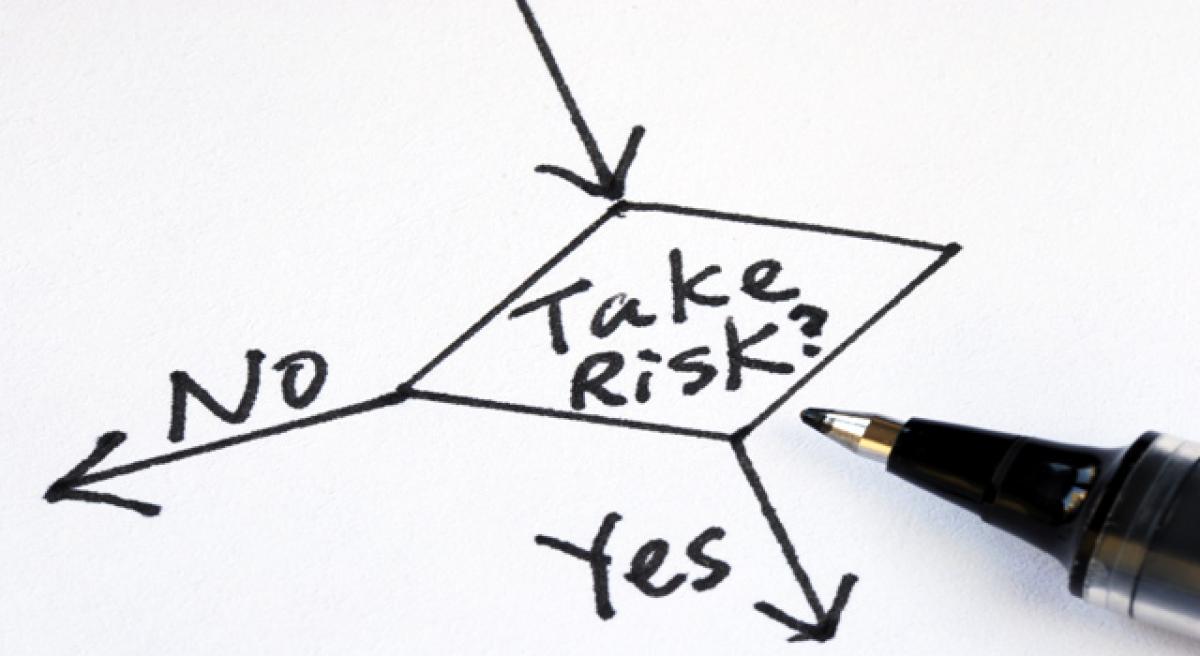Understanding Teen Risky Decision-Making: Insights Backed by Research
As adolescents transition from childhood to adulthood, they undergo significant physical, social, and emotional changes that shape their behavior and decision-making. One of the most significant challenges of adolescence is the tendency towards risky decision-making, which can have long-term consequences. In this article, we explore the insights backed by research to understand teen risky decision-making and provide practical tips for parents and caregivers.
The Science Behind Risky Decision-Making
The prefrontal cortex, the part of the brain responsible for decision-making, impulse control, and judgment, undergoes significant development during adolescence. This development is not complete until the mid-20s, which makes teens more vulnerable to risky decision-making. Research shows that when adolescents engage in risky behaviors, such as experimenting with drugs and alcohol, it is not because they lack knowledge of the risks but because they prioritize immediate rewards over long-term consequences.
Furthermore, social influences, such as peer pressure, play a crucial role in shaping adolescent behavior. Teens are more likely to take risks when they are with their peers than when they are alone. The social context of adolescent decision-making highlights the importance of parental involvement, monitoring, and communication.
Parental Involvement and Monitoring
Research shows that parental involvement and monitoring can significantly reduce the likelihood of adolescent risky decision-making. Parents who are involved in their teens’ lives, spend quality time with them, and monitor their activities, are more likely to influence their behavior positively. For instance, parents who set clear rules about substance use and monitor their teens’ whereabouts are less likely to have teens who engage in risky behaviors.
However, parental involvement and monitoring are not one-size-fits-all approaches. Parents should tailor their strategies to their teens’ individual needs, personalities, and developmental stage. For instance, parents of younger adolescents may need to be more hands-on, whereas parents of older adolescents may need to give their teens more autonomy while still maintaining open communication.
Communication and Trust
Effective communication between parents and teens is crucial in promoting positive behavior and reducing risky decision-making. Teens who feel they can communicate openly with their parents are more likely to seek their advice and guidance when faced with challenging situations. In contrast, teens who feel disconnected from their parents may turn to peers for guidance, which can lead to risky behavior.
To build trust and open communication with teens, parents should:
- Listen actively and without judgment
- Use clear and concise language
- Validate their teens’ feelings and experiences
- Avoid lecturing or criticizing
- Provide guidance and support
Peer Influence
Peer influence is a significant factor in adolescent decision-making. Adolescents are more likely to take risks when they are with their peers than when they are alone. Therefore, it is essential to help teens develop healthy peer relationships and social skills.
Parents can help their teens develop positive peer relationships by:
- Encouraging participation in extracurricular activities
- Encouraging positive social skills, such as conflict resolution and empathy
- Modeling positive social behavior
- Encouraging open communication about peer relationships
Conclusion
Adolescence is a time of significant physical, social, and emotional changes that can affect decision-making and behavior. Understanding the science behind adolescent risky decision-making and the role of parental involvement, communication, and peer influence can help parents and caregivers promote positive behavior and reduce the likelihood of long-term consequences. By tailoring strategies to their teens’ individual needs, personalities, and developmental stages, parents can build trust, open communication, and positive relationships that support their teens’ healthy development.

